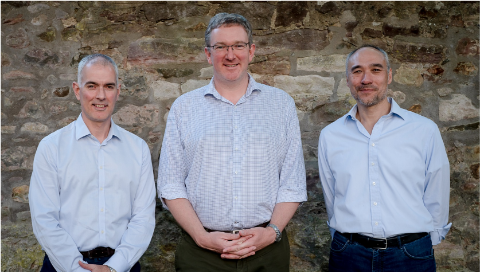Blackford Analysis
While there is a lot of hype around AI and its profound influence on the future of the medical imaging, today’s main concern of hospitals and imaging centers remains the same – How can AI generate ROI?
There are three key areas where a practice can deliver ROI using AI:- Increasing radiology efficiency, by allowing radiologists and departments to work faster
- Adding value for referrers, by providing better quality of care and evidencing that for patients
- Replacing or augmenting existing procedures to increase volume that wouldn’t have otherwise come to radiology.












